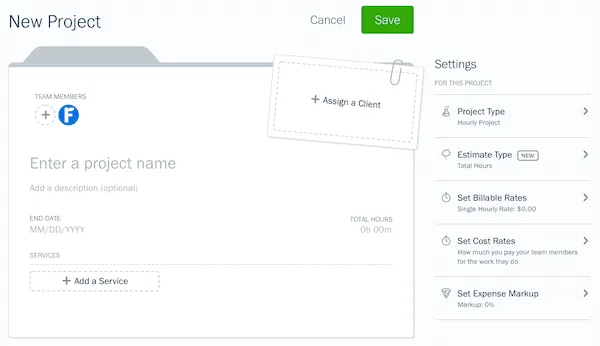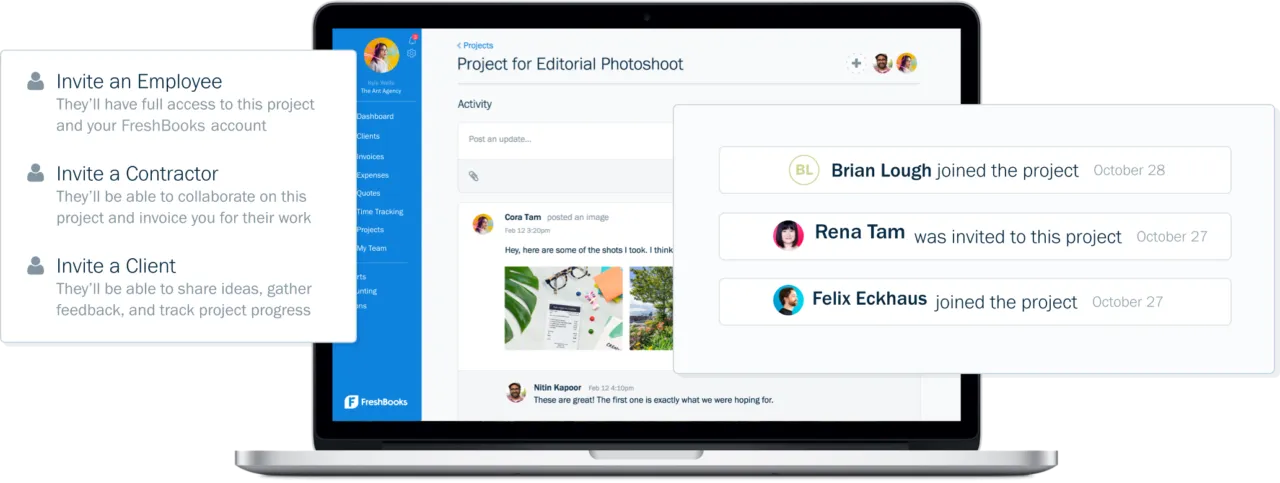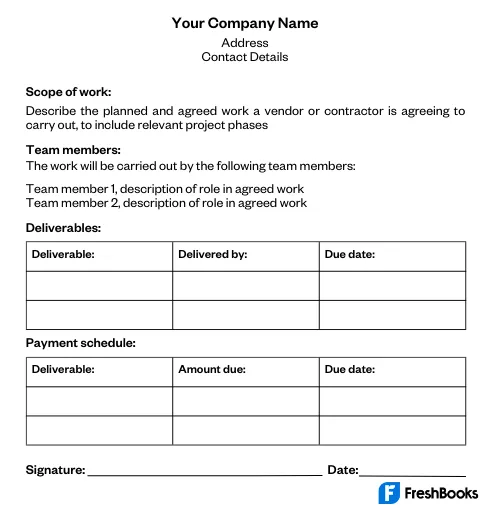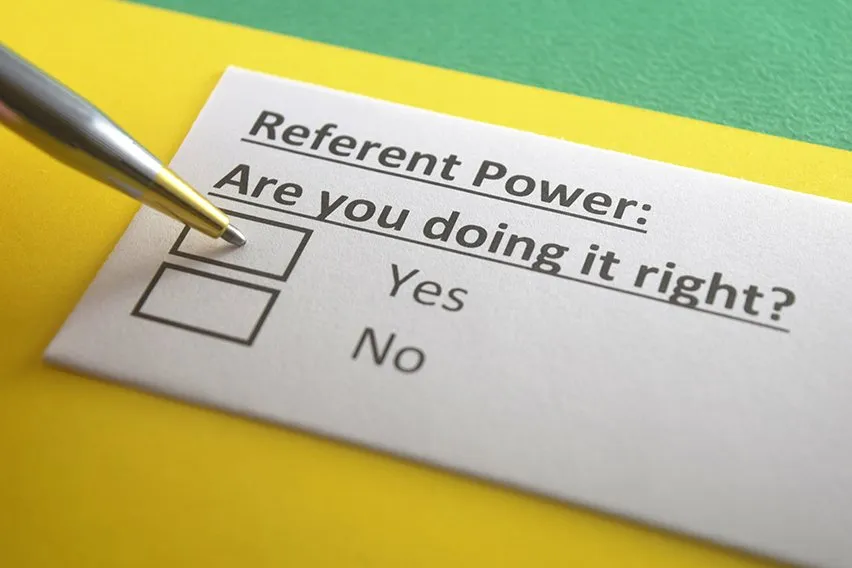What Is a Statement of Work (SOW)? Definition & Templates

A great statement of work (SOW) is the difference between a well-executed project and a total disaster. By outlining all aspects of the project, noting milestones and timelines, and providing clearly defined roles for the participants, a SOW ensures everyone is on the same page. Project managers and stakeholders use a SOW to track progress and monitor timeline cohesion.
But what is a statement of work, and how do you create one? In this article, we’ll walk you through the important steps, offer insight into what makes a great document, and provide examples and a template to simplify the process.
Key Takeaways
- SOWs are formal documents that define and outline all aspects of a project scope.
- The purpose of a SOW is to ensure all parties understand their shared expectations and responsibilities.
- SOWs should include an introduction, define the project’s goals, and outline logistics, timetables, milestones, and budget.
- There are 4 types of SOWs: performance-based, design-based, time and materials, and fixed price.
- An SOW can tie payment to milestones and achievements.
- Project managers use SOWs and SOW templates to help define the relationship between a client and vendor and what the end-user experience will be.
Table of Contents
- What Is a Statement of Work (SOW)?
- What Is the Purpose of a Statement of Work (SOW)?
- Statement of Work vs. Scope of Work
- Types of Statement of Work
- How To Choose the Right Type of SOW for Your Project
- What Should Be Included in a SOW?
- Statement of Work Template
- Statement of Work Example
- Conclusion
- Frequently Asked Questions
What Is a Statement of Work (SOW)?
A statement of work (SOW) is a formal document that presents deliverables, activities, and overall timescale of a project between a business and a client. It informs a potential customer, project manager, or project team about the work breakdown structure.
When starting a project, one of the first and most important steps is to develop your statement of work. It should be an extremely detailed document that clearly defines project objectives, scope, and tasks because it will lay the foundations for the project plans.

What Is the Purpose of a Statement of Work (SOW)?
The purpose of a Statement of Work is to provide a narrative description of a project’s scope, resources, deliverables, budget, and timeline. It describes the work breakdown structure of the project to inform all parties of the shared expectations and responsibilities. It also acts as reference material for the duration of the project, along with managing the project so that everyone is on the same page.

Statement of Work vs. Scope of Work
There are subtle differences between the Statement of Work and the Scope of Work. The SOW aims to identify the ‘how’ of a project, and the scope of work defines the ‘what.’ The SOW defines tasks, deliverables, and timelines. The scope defines plans of how to achieve the goals and objectives.
Types of Statement of Work
There are several types of Statement of Work (SOWs) in business, each with a different focus. Here are some of the most common types.
Performance-Based SOW
A performance-based statement of work is the preferred style of many project managers. They focus on the purpose of the project, the resources, and the quality level expected in deliverables. Performance-based SOWs don’t explain how the work is supposed to be achieved. This allows a high level of autonomy on how to get to an outcome without requiring a specific process.
Design-Based SOW
For design-based SOWs, the buyer is held responsible for the performance as they’re directing the project course. Project requirements can run from quality acceptance criteria to payment terms to the measurement of materials needed. A design-based statement of work is good for a single project and answers the question of what the buyer’s requirements are that will control the supplier’s process.
Time and Materials SOW
A time and materials statement of work is the closest to a universal version of an SOW. They can be applied to most projects, making it easy to use time and materials SOW templates that can be quickly and effortlessly adjusted to the specifics of each project.
They define the level of work, materials, and cost per unit. Time and materials SOWs are typically short-term contracts.
Fixed-Price SOW
A fixed-price statement of work includes specified budgets, a fixed schedule, and deliverables. They show the vendor is committing to deliver everything that’s written in the SOW within the allocated time and for the specified budget.
How To Choose the Right Type of SOW for Your Project
Determine the most important aspects of your project and see how they align with the above definitions. What are the project requirements? Do you have multiple similar projects running simultaneously? A performance-based statement of work may be the best option. For cut-and-dry SOWs with clearly defined expectations, turn to a fixed-price style.
Regardless of the statement of work style you choose for your project, project management tools and software make the process more efficient. FreshBooks helps to streamline the project management process, ensuring your project achievements, timelines, and project deliverables run smoothly as an efficient and accessible project management tool. Learn more about FreshBooks project management tools and click here to start your free trial today.

What Should Be Included in a SOW?
A statement of work covers all aspects of a project’s scope. It should include as many parts as are needed to create a thorough yet concise document. Outline the major aspects of the project, then elaborate on each section individually. Take the following factors into consideration.
Introduction
Begin by introducing the work and address any general information about the project. State the parties involved and the cost of products and services needed for the project. A clear introduction will solidify prices and lead to a standing offer and a formal contract that will include more intricate details.
Defined Goals
Answer the big question—why are you starting this project? What is the purpose of the project? What will the project accomplish? Create a purpose statement and provide detailed definitions of the project objectives, deliverables, and return on investment (ROI).
You should clearly define your project objectives and what would constitute a successful project. Also, include what would be considered a failure. There should be no vague sentences involved, and it should be easy to read. Essentially, the more detail, the better.
Outline Logistics
Outlined logistics can include every planned part of the project. For example, what work will you need to do to complete the project? Where will the project take place, at an office or offsite location? Will each of your project teams be working together or remotely?
Note these points in your scope of work, including what hardware and software will be necessary and what processes you will use to complete the work. Also include outcomes, the time involved, and general steps that will lead to achievement.
Timetables
The primary focus in your statement of work should be the quality of the work you intend to produce, closely followed by the commitment to complete it on time. Each project phase should be clearly defined and detailed within a general timetable.
Most SOWs in business will include various basic terms and deadlines. These deadlines don’t have to be fully specified. They can include some flexibility to allow for any potential issues.
Project Milestones
As with any large, detailed project, it’s important to break it down into progress markers or milestones. These milestones help clients understand the project’s scope and can influence and govern future transactions and contract negotiations.
Milestones create a map of how you expect to complete the project. Stakeholders and project managers can use milestones to track progress along with other key performance indicators that add up to successful project completion.
Standards and Testing
Point out project aspects like industry acceptance criteria or quality standards you’ll need to adhere to, for example, an electrical inspection. If there will be project testing, include who will be involved in the testing process and note the necessary equipment and resources for adequate testing conditions.
Financial Plan
Anyone investing their time to read your statement of work will likely want a breakdown of your project costs. Include your payment terms and how you intend to use your financial resources.
If you’ve created a financial plan or a budget, you can list the payments related to the project and how they will be applied. It will also need to be detailed because adequate funding often determines the success of a project.
Closure
Outline the criteria for acceptable deliverables, who will deliver, who will review, and ultimately, who will sign off on the deliverables. Address final administrative duties to ensure there is a process in place to sign, close, and archive all project components.
Statement of Work Template
Here is a base template to guide you through the process.
Project Summary
[Write the introduction to the project and the parties involved, the service or product on offer, and the duration of the SOW—is it a one-time contract or a standing offer for a specified period.]
Project Objectives
[Explain the rationale and motivation for the project and the completion date. Outline the goals and explain their importance.]
Scope of Work
[Clarify the work you’ll do and the process you’ll use to complete the project. Includes milestones, but don’t expand with too much detail.]
Project Tasks
[Here, you’ll provide more detail. Explain it in the timeline order of each phase and the tasks involved for each.]
Payment Schedule
[Clearly explain the payment schedule. Include how you will receive payment (PayPal, check, by mail, direct deposit), payment dates or milestones that precipitate payment, and what each payment is for (billable hours, equipment, inspections, and permits).]

Statement of Work Example
There are many ways to format a statement of work, depending on your field and the information you want to convey. We created an example below to help simplify the process for you. Use it to create a SOW document for your project and adjust it as needed.
Get It Built!
Springfield, Any State
555-963-2487
Project summary
Working with the City officials, park engineers, and designers, Get it Built! undertake the park construction project including excavation, building, and installation services. The park site is the empty lot at 909 11th Avenue SW, in Shelbyville. The terms and conditions outlined in the SOW pertain to this project only.
Project Objectives
The park will act as an outdoor meeting space, provide recreation greenspace, and a pond. These aspects of the project will bring a sense of community and well-being to the citizens of Shelbyville.
Scope of Work
Get it Built! will undertake the excavation of the pond and greenspace, build the pond, lay the sod for the greenspace, and install benches and picnic tables.
Project Tasks
Excavate the pond. Our excavating team in consultation with the engineer and parks planner. Due March 30, 2024.
Excavate and level the recreational field and greenspace. Our excavating team, in consultation with the engineer and parks planner. Due April 15, 2024.
Build the pond. Our landscape and construction team, with the engineer and parks planner. Due April 30, 2024
Lay the sod for the green space. Our landscaping team. Due April 30, 2024.
Install benches and picnic tables. Our construction team, working with the parks planner. May 10, 2024.
Payment Schedule
A project retainer of $30,000 is due upon completion of the final contract.
Excavation of the pond. $20,000 due March 30, 2024
Excavate and level the recreational field and greenspace. $40,000 due April 15, 2024
Completion of the pond. $75,000 due April 30, 2024
Completion of the greenspace/sod. $100,000 due April 30, 2024
Completion of the bench and picnic table installation. $30,000 due May 10, 2024
Acceptable forms of payment include certified cheques or direct deposits.

Conclusion
A well-defined statement of work is a key document needed before a project can start. The structure it provides guides you throughout the process and helps you avoid challenges within the project. FreshBooks has the templates and resources to help you conquer the many challenging aspects of running a business. Try FreshBooks for free by signing up today.
FAQs on What is a Statement of Work
If you have additional questions about SOWs, check out the answers below. FreshBooks has summarized frequently asked questions and compiled the answers for your convenience.
Who prepares SOWs?
SOWs are most often written by the client or project manager. Authors can vary based on the type of project, and occasionally more than one writer may participate. This can include project managers, third-party contractors, or Chief Information Officers.
How do I get a statement of work for project management?
You can write a scope statement of work from scratch, including all the details in this article. Or you can use a template or project management software to streamline the process.
What’s the difference between a contract and a statement of work?
A contract engages a supplier to complete a project. A SOW outlines the elements of the project in as much detail as is known to mitigate the risk of overspending. The SOW makes up a part of the final proposal that leads to a signed contract.
Why is a SOW necessary?
A statement of work is necessary because it ensures a clear understanding of the work involved and accountability of the contractor and the company regarding the project scope, thereby minimizing the risk of overspending.
What is an objective statement of work?
An objective statement of work outlines the performance-based aspects of a project when the tasks are not known yet. Also known as a Statement of Objectives (SOO), the objective statement of work defines service outcomes, goals, objectives, and performance standards.
Is a SOW legally binding?
Yes, a statement of work is legally binding, to a point. It forms the basis for the master agreement or final contract that becomes the primary legal document between two parties. If all parties agree and sign the final contract, any contradictory information in the final contract supersedes the SOW.
Can you have a statement of work without a contract?
You can have an SOW without a final contract or Master Service Agreement (MSA), but it isn’t advisable. The SOW should make up a part of the final contract. It outlines the details of a specific project. The MSA or final agreement establishes the relationship between the supplier and the company.
What’s the difference between a SOW and an agreement?
An SOW outlines the tasks, deliverables, and timelines of a project. Master Service Agreement (MSA) establishes the relationship between the supplier and the company. The SOW will make up a part of the MSA.
Reviewed by
Sandra Habiger is a Chartered Professional Accountant with a Bachelor’s Degree in Business Administration from the University of Washington. Sandra’s areas of focus include advising real estate agents, brokers, and investors. She supports small businesses in growing to their first six figures and beyond. Alongside her accounting practice, Sandra is a Money and Life Coach for women in business.
RELATED ARTICLES


 What Is Warehouse Logistics? Definition & Key Benefits
What Is Warehouse Logistics? Definition & Key Benefits An Extensive Guide to 5 Sales Channels
An Extensive Guide to 5 Sales Channels What Is BYOD (Bring Your Own Device)? Definition & Importance
What Is BYOD (Bring Your Own Device)? Definition & Importance What Is Referent Power & Why Do You Need It?
What Is Referent Power & Why Do You Need It? What Is a Prenote Authorization? Definition & Meaning
What Is a Prenote Authorization? Definition & Meaning What Is Warehousing? 6 Major Warehouse Processes
What Is Warehousing? 6 Major Warehouse Processes